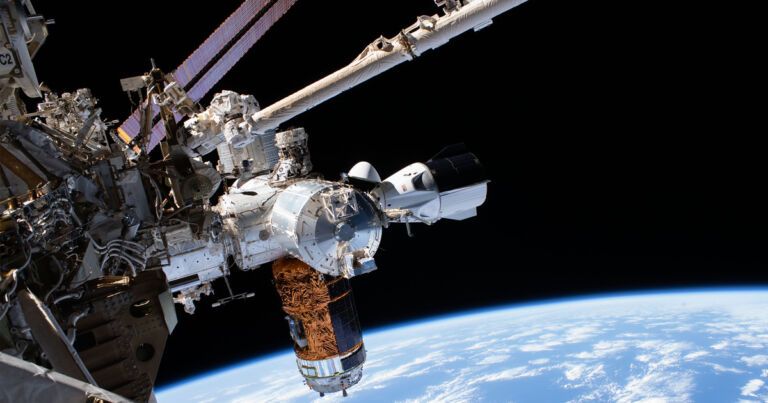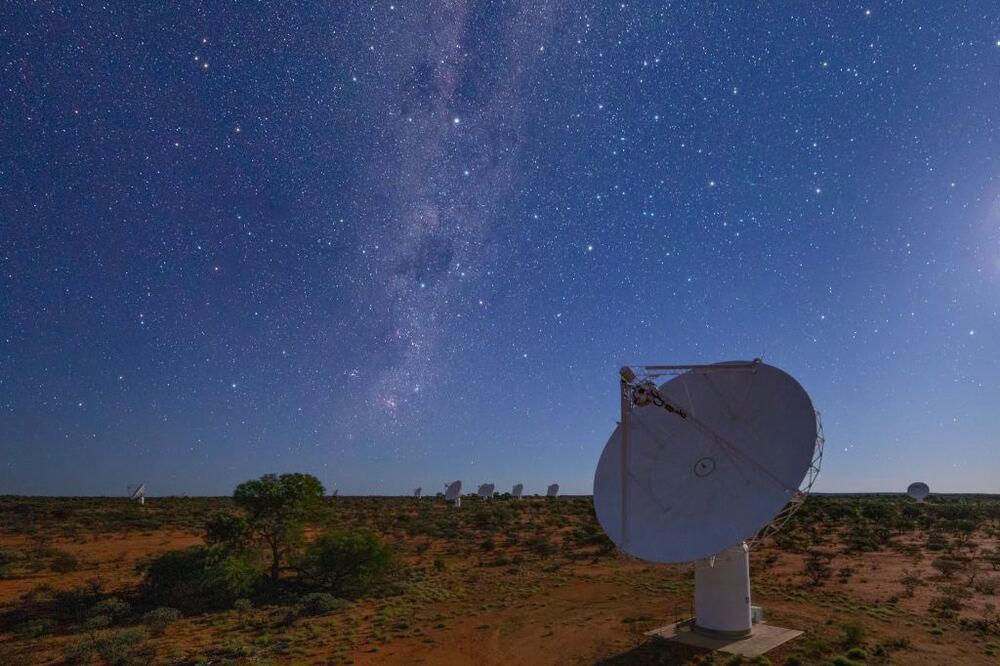Like.
The US space agency releases an animation to show how its Perseverance robot will land on Mars.


The distorted galaxy gets its elegant look thanks to the phenomenon of gravitational lensing.
What we’re really seeing is a unique, lucky view of distant GAL-CLUS-022058s, which is far beyond the elliptical galaxy at the center of this shot. As the light from GAL-CLUS-02258s streams past the closer elliptical, the latter galaxy’s gravity bends in the path of the passing light, amplifying and distorting it into the view we see here.

Who knew wood could still be useful in space. 😃
TOKYO — Japanese logging company Sumitomo Forestry and Kyoto University are planting the seeds for a 2023 launch of the world’s first satellite made out of wood.
The partners announced their intentions on Wednesday, saying the aim was basic research and proof of concept.
They have agreed to conduct research on tree growth and the use of wood materials in space. They hope to promote technology for using wood in extreme environments on Earth.
CAPE CANAVERAL, Fla. — The International Space Station is now sporting a shiny new piece of hardware.
On Monday (Dec. 21), the first commercial airlock ever sent to the International Space Station (ISS) was attached to its exterior. The new structure is a bell-shaped airlock that is designed to transfer payloads and other materials from inside the station out into the vacuum of space.
While Jupiter and Saturn have been stealing the headlines lately, this week on “The Cosmic Controversy Podcast,” I’m pleased to welcome planetary astronomer Heidi Hammel to talk about the ice giants Uranus and Neptune. They remain the largely forgotten gatekeepers to our outer solar system.
Renowned planetary astronomer Heidi Hammel and I chat about our solar system’s mysterious ice giant planets, Uranus and Neptune. There’s only been one flyby of these giant planets by NASA’s Voyager 2 spacecraft back in the late 1980s. Hammel, who was part of the Voyager 2 science team, explains what that mission taught us about these objects and why we need to go back.


Honorable Mentions
One more scientific brilliance this year is the use of light in neuroscience and tissue engineering. One study, for example, used lasers to directly print a human ear-like structure under the skin of mice, without a single surgical cut. Another used light to incept smell in mice, artificially programming an entirely new, never-seen-in-nature perception of a scent directly into their brains. Yet another study combined lasers with virtual reality to dissect how our brains process space and navigation, “mentally transporting” a mouse to a virtual location linked to a reward. To cap it off, scientists found a new way to use light to control the brain through the skull without surgery—though as of now, you’ll still need gene therapy. Given the implications of unauthorized “mind control,” that’s probably less of a bug and more of a feature.
We’re nearing the frustratingly slow, but sure, dying gasp of Covid-19. The pandemic defined 2020, but science kept hustling along. I can’t wait to share what might come in the next year with you—may it be revolutionary, potentially terrifying, utterly bizarre or oddly heart-warming.

Its happening again, it seems.
Just a Drip
Losing air on a space station sounds perilous, but Roscosmos maintains that the crewmembers are safe and that the situation is under control. The leak is very small, it says, and backup systems are in place if needed.
“We have had this leak for quite some time, the rate is very small, nothing has happened,” Roscosmos Program Director Sergei Krikalev told the Russian news agency Interfax. “One of the leaks was found and reduced, but it still remains.”


CSIRO has made a detailed radio survey of the southern hemisphere, and discovered a million new galaxies.
Although radio astronomy has been around since the 1930s, it is only in recent years that astronomers have been able to make high-resolution maps of the radio sky. Sky maps are difficult for radio telescopes because radio antennas need to be focused on an extremely small patch of sky to capture images in high resolution. But with modern antennas and computer processing, we can now scan the sky quickly enough to map the heavens in a reasonable amount of time.
In the northern hemisphere, the most detailed radio sky maps have been done by the Very Large Array (VLA). In the 1990s the VLA made the first full-sky surveys of the northern sky. After its upgrade in the 2000s, the observatory began the VLA Sky Survey (VLASS), which has mapped nearly 10 million radio sources.
The location of the VLA lets it observe about 80% of the sky, but it cannot see the southern sky very well. For that, you’d need a radio observatory in the southern hemisphere. Fortunately, there is now a powerful radio telescope array in Australia, and it has recently made a detailed radio map.